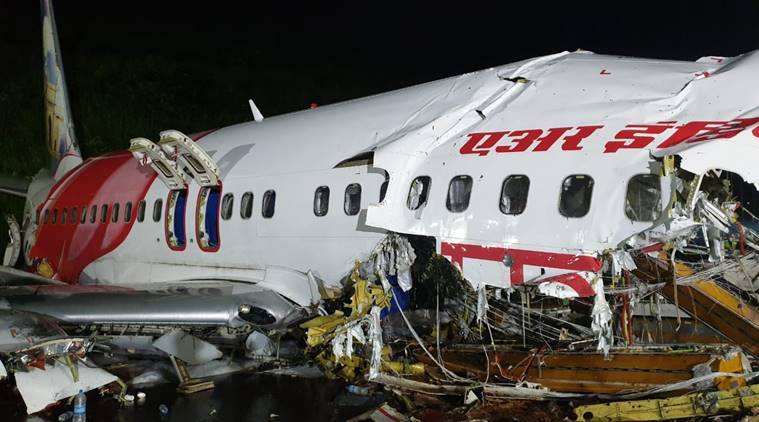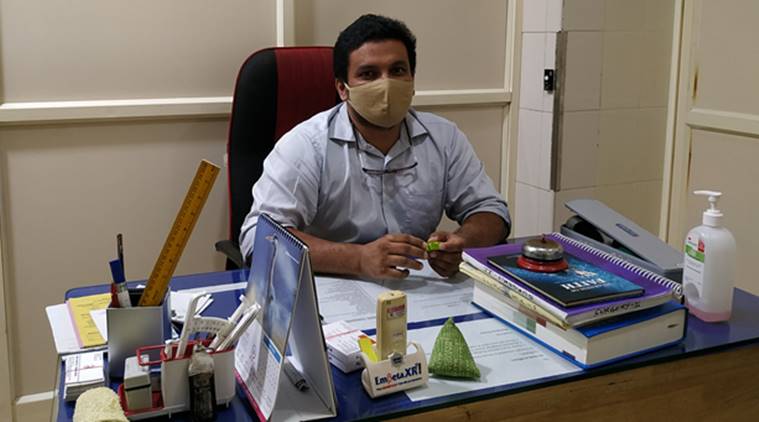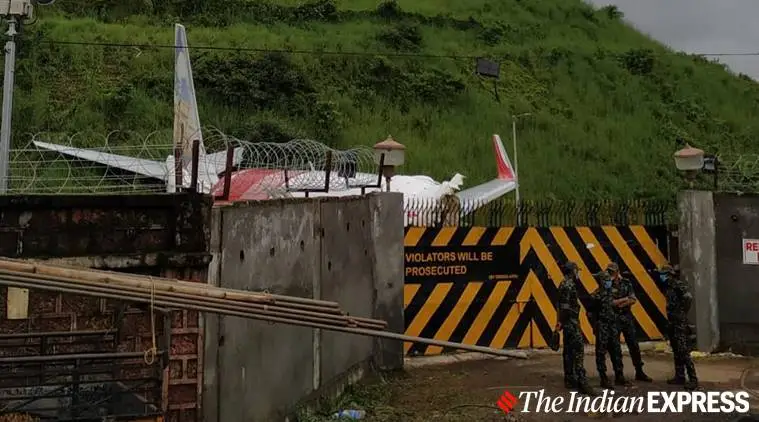 An Air India Express plane crashed out of the Kozhikode airport runway into a ditch on Friday.
An Air India Express plane crashed out of the Kozhikode airport runway into a ditch on Friday.
On Saturday afternoon, Dr Ahmad, one of the chief doctors at the Relief Hospital and Trauma Centre in Kondotty town in Kerala, was far more relaxed than he was 12 hours ago. On Friday night, minutes after an Air India Express plane crashed out of the Kozhikode airport runway into a ditch, Dr Ahmad’s phone began ringing. His was the closest hospital to the crash site and he was told to prepare for a flurry of severely-injured patients.
Follow Kozhikode Air India Express crash LIVE updates
For the next several hours until midnight, Dr Ahmad and a team of nearly 30 doctors tended to over three dozen survivors, helping to stabilise them with the resources they had until they could be shifted to the bigger hospitals in Kozhikode and Malappuram. Television visuals showed the hospital’s corridors and verandah filled with patients. It’s a night Dr Ahmad said he would never forget.
“It was a mass casualty admission, whose scale we had never seen before. Most of the survivors had major fractures and head injuries. We were told by higher medical officials to stabilise them with IV and bandage their wounds before they could be shifted to bigger hospitals,” said Dr Ahmad.
For an accident of this scale, he immediately knew that he needed reinforcements. So he called in other doctors and paramedics of the hospital who were either on leave or not on duty at the time. The district wing of the Indian Medical Association also helped by bringing in a few of their doctors from other private hospitals.
 Dr Ahmed
Dr Ahmed
Together, they helped triage the survivors, address their immediate wounds and make them stable for referral to the bigger hospitals. Typical of an aircraft crash, Dr Ahmad said all survivors had orthopaedic injuries — either minor or major fractures in their upper and lower limbs as they would have jerked against the seats in front. Some had severe head injuries. Two of them were brought dead to the hospital.
“Most of them could talk and remembered their names and contacts. They were talking about the pain they were facing. We specifically did not ask them what happened in the flight or what led to the crash,” he said.
A factor that definitely helped the hospital in not getting overwhelmed by the flurry of patients, the doctor underlined, was the frequent mock drills conducted by Kozhikode airport officials in conjunction with police and fire force. These drills, often conducted at the hospital, helped the medical staff become familiar with the nuances of an aircraft accident and the dos and donts of dealing with survivors.
The threat of Covid-19 and the chances of infection in many of these survivors lingered in the mind of Dr Ahmad initially. But as the survivors, in twos and threes, began coming in, he forgot all about it and got to task, stabilising them and treating their injuries.
 Remains of the Air India Express flight at the airport in Karippur, Kozhikode. (Express photo by Vishnu Varma)
Remains of the Air India Express flight at the airport in Karippur, Kozhikode. (Express photo by Vishnu Varma)
“We didn’t even have time to put on the PPEs. It was a big risk at the time, but we forgot Covid. That’s what happened. That’s all we could do,” he said.
“Fortunately, we did very well. Our aim was not to treat them or not even give an analgesic to reduce their pain. We had to maintain their blood pressure and haemodynamics,” he added.
On the advice of the district medical officer, post discharge of all survivors, the hospital was disinfected and the staff have been told to enter quarantine. But to keep the hospital up and running, they would be subjected to antigen tests in a few days.